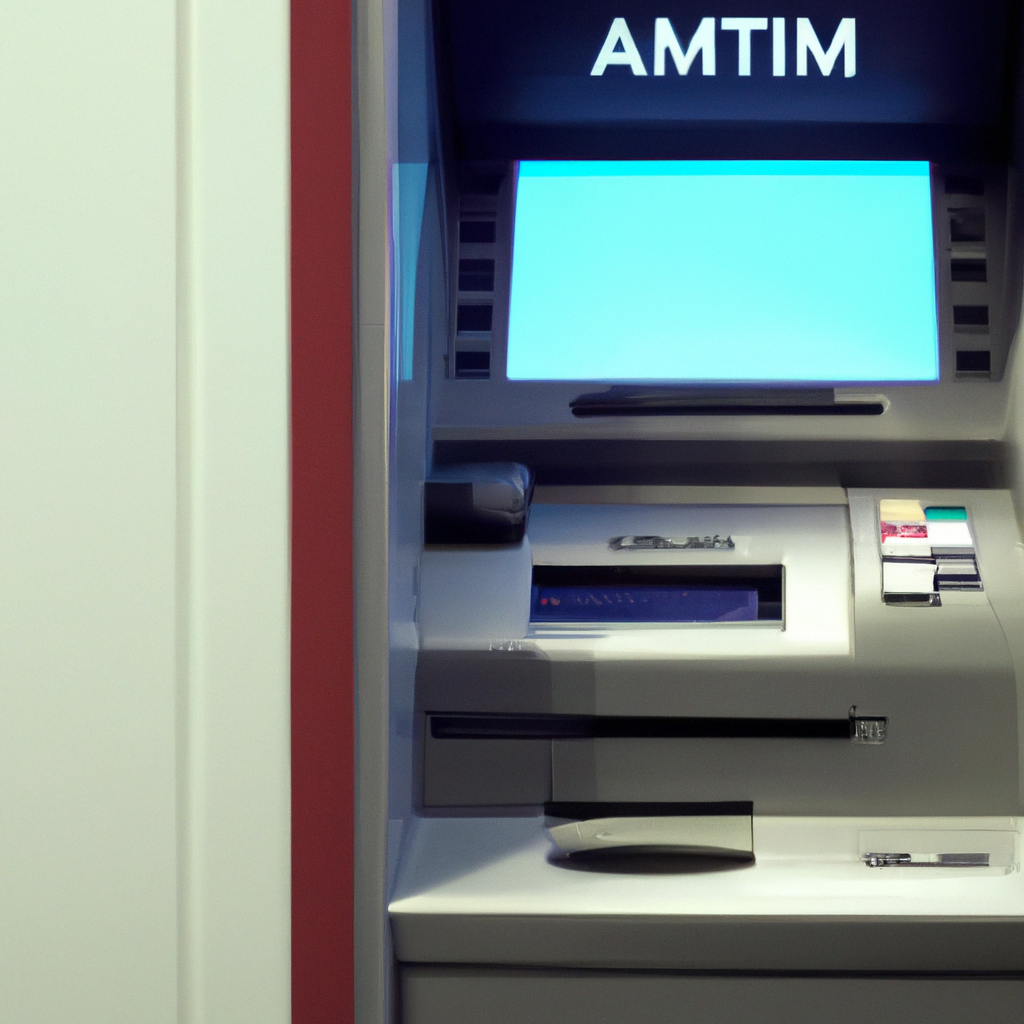ATM machines have become an essential aspect of our daily lives, allowing us to withdraw cash, check our balance, and transfer funds between accounts. They are available 24/7 and offer convenience and accessibility to customers. But have you ever wondered how an ATM machine works? In this article, we will explore the technology behind ATM machines, the process of cash withdrawal, and the security measures taken to protect customer information.
How Does an ATM Machine Work?

ATM machines are electronic devices that allow customers to perform financial transactions without the need for a bank teller. They operate through a network of interconnected computers, which communicate with each other to ensure that the transaction is completed successfully.
When a customer inserts their debit or credit card into the ATM machine, the machine reads the information on the magnetic stripe of the card. This information includes the account number, expiration date, and the cardholder’s name. The ATM then prompts the customer to enter their personal identification number (PIN), which is used to verify their identity.
Once the customer has been authenticated, the ATM connects to the customer’s bank through a secure network. It then accesses the customer’s account information, including their available balance and transaction history.
ATM Technology
ATM machines use a combination of hardware and software to function. The hardware includes the card reader, keypad, screen, printer, and cash dispenser. The software includes the operating system, application software, and security protocols.
The operating system is responsible for managing the hardware components of the ATM machine, while the application software provides the user interface and handles the transaction processing. The security protocols ensure that customer information is protected throughout the transaction.
ATM Cash Withdrawal
The most common transaction performed at an ATM machine is cash withdrawal. To withdraw cash, the customer selects the option on the screen and enters the amount they wish to withdraw. The ATM then contacts the bank’s computer system to verify that the customer has sufficient funds in their account.
If the customer has enough funds, the ATM will dispense the requested amount of cash. If the customer does not have enough funds, the transaction will be declined, and the customer will be prompted to perform another transaction.
ATM Security
ATM machines have several security measures in place to protect customer information and prevent fraud. One of the most important security features is the PIN. The PIN is used to authenticate the customer and ensure that only authorized users can access the account.
ATM machines also have cameras installed to monitor customer activity and deter criminal behavior. The cameras record video footage of the transaction, which can be used as evidence in the event of a dispute or criminal activity.
Another security feature is the use of encrypted communication channels between the ATM machine and the bank’s computer system. This ensures that customer information is protected from interception by unauthorized parties.
In addition to these measures, ATM machines are regularly inspected and maintained to ensure that they are functioning correctly and that any vulnerabilities are addressed promptly.
Conclusion
ATM machines have revolutionized the way we perform financial transactions, providing us with a convenient and accessible way to manage our finances. Understanding how ATM machines work and the technology behind them can help us appreciate the level of security and reliability that is built into these devices. With continued advancements in technology, we can expect ATM machines to become even more sophisticated and secure in the future, providing us with even greater convenience and peace of mind.






